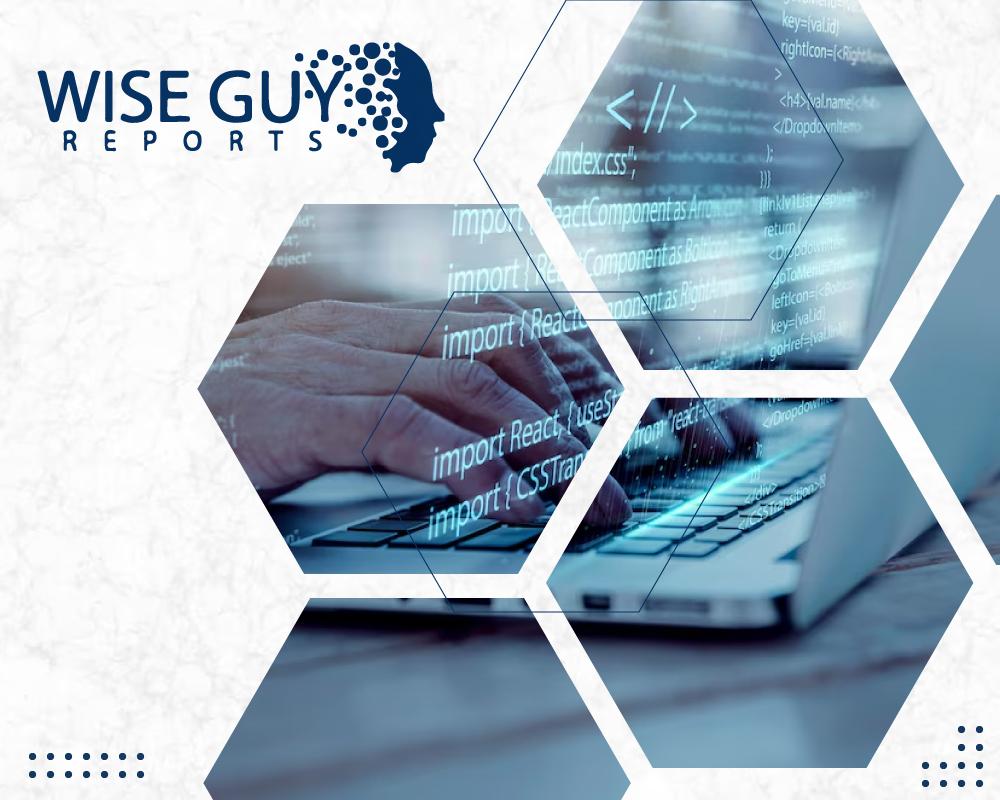Automated Trading Platform Market Shares, Strategies and Opportunities 2035

Automated Trading Platforms Transforming Global Finance
The global Automated Trading Platform Market is undergoing exponential growth as both retail and institutional investors embrace algorithmic strategies. These platforms enable users to execute trades automatically based on pre-set rules, such as price movements, timing, and volume, eliminating the need for manual intervention. This shift is driven by the demand for higher efficiency, speed, and data-driven decision-making in increasingly complex and fast-paced financial markets. As a result, automated trading, once the exclusive domain of large financial institutions, is becoming more accessible and integral to modern investment strategies worldwide.
Speed, Discipline, and Efficiency Drive Market Adoption
The core appeal of automated trading platforms lies in their ability to execute orders at speeds impossible for a human trader, capitalizing on fleeting market opportunities. They operate with unwavering discipline, strictly adhering to a pre-defined strategy and removing the emotional biases of fear and greed that often lead to poor decisions. Furthermore, these systems can monitor multiple markets and execute numerous trades simultaneously, 24/7, without fatigue. This combination of speed, discipline, and relentless efficiency provides a significant competitive advantage, fueling the widespread adoption of these powerful platforms.
AI and Machine Learning: The New Intelligence Behind Trading
The integration of Artificial Intelligence (AI) and Machine Learning (ML) is revolutionizing the automated trading landscape. Instead of relying on static, rule-based strategies, AI-powered platforms can analyze vast datasets, identify complex patterns, and adapt their trading logic in real-time to changing market conditions. These "smart" algorithms can learn from past performance, optimize their parameters, and even predict potential market movements with increasing accuracy. This infusion of AI is creating more sophisticated, resilient, and profitable trading systems, pushing the boundaries of what automated platforms can achieve.
From Retail Investors to Institutional Giants: A Diverse User Base
The automated trading market serves a broad spectrum of users. At one end are institutional investors and hedge funds employing high-frequency trading (HFT) strategies that execute millions of orders in fractions of a second. At the other end is a rapidly growing segment of retail traders. Accessible platforms and user-friendly interfaces now allow individual investors to design, backtest, and deploy their own trading bots for stocks, forex, and cryptocurrencies. This democratization of algorithmic trading is a key trend, expanding the market’s reach far beyond Wall Street.
North America Leads, While Asia Pacific Emerges as a Growth Hotspot
Geographically, North America currently dominates the automated trading platform market, driven by its mature financial infrastructure, major stock exchanges, and a high concentration of hedge funds and tech firms. Europe follows closely, with London and Frankfurt serving as key financial hubs. However, the Asia Pacific region is emerging as the fastest-growing market. This growth is fueled by a rising number of tech-savvy retail investors, expanding digital brokerage services, and increasing adoption of algorithmic trading by financial institutions in countries like Japan, Singapore, India, and Australia.
Navigating Risks: Market Volatility and Regulatory Scrutiny
Despite its benefits, the automated trading market faces significant challenges. The immense speed of algorithmic trading can amplify market volatility and contribute to "flash crashes," where prices plummet and recover in mere minutes. This has attracted intense regulatory scrutiny, with authorities imposing new rules to ensure market stability and fairness. Furthermore, the risk of technical glitches, cybersecurity threats, and flawed algorithm design requires robust risk management protocols. Successfully managing these operational and regulatory risks is crucial for the sustainable growth of the market and for maintaining investor confidence.
The Future of Trading: Decentralization and Hyper-Personalization
The future of automated trading is heading towards greater personalization and integration with emerging technologies. We can expect to see the rise of AI-driven platforms that create hyper-personalized trading strategies tailored to an individual’s risk tolerance and financial goals. Another key trend is the integration with Decentralized Finance (DeFi), enabling automated trading of crypto assets across decentralized exchanges without intermediaries. As technology evolves, the lines between traditional finance and decentralized systems will blur, with automated platforms serving as the critical bridge for traders in this new financial paradigm.
- Art
- Causes
- Crafts
- Dance
- Drinks
- Film
- Fitness
- Food
- الألعاب
- Gardening
- Health
- الرئيسية
- Literature
- Music
- Networking
- أخرى
- Party
- Religion
- Shopping
- Sports
- Theater
- Wellness



